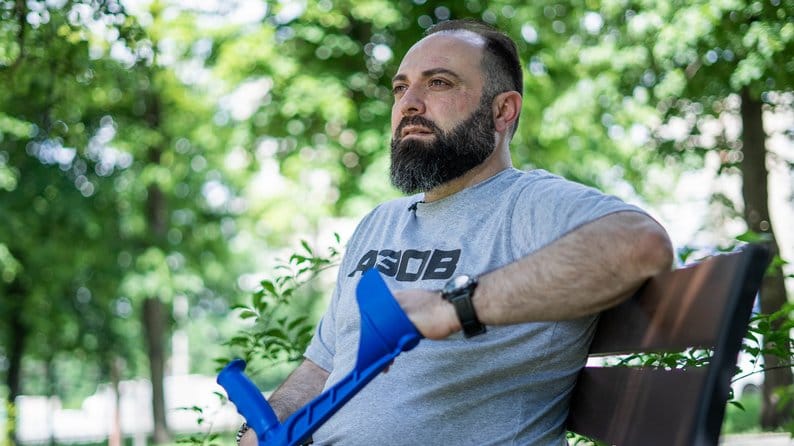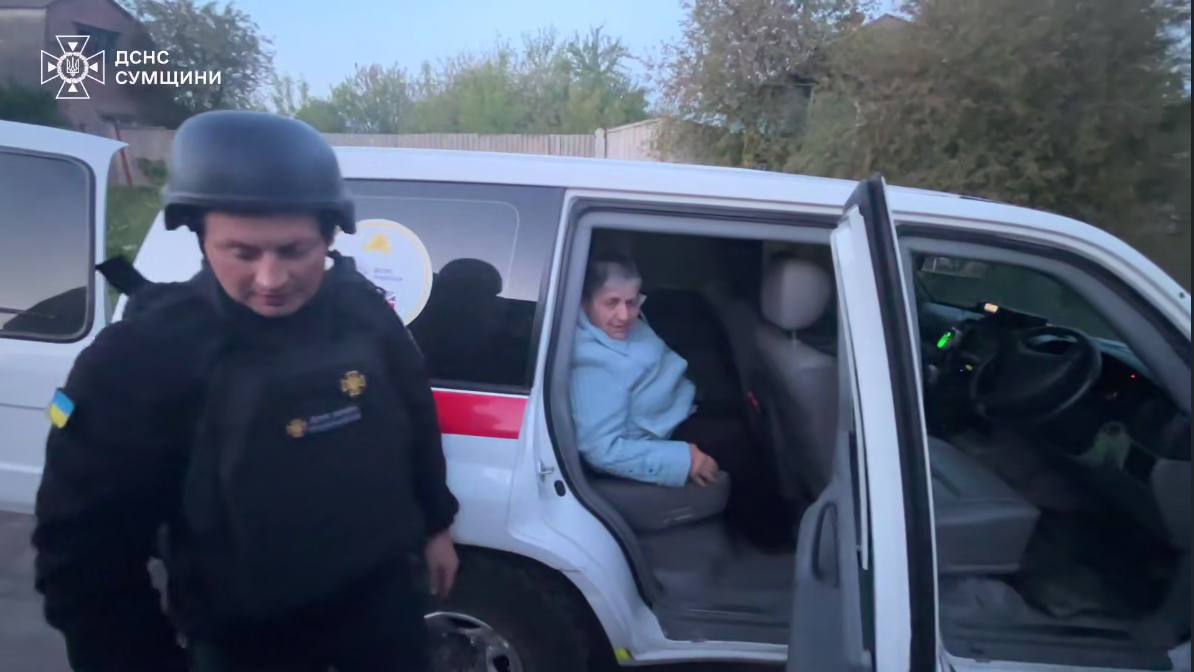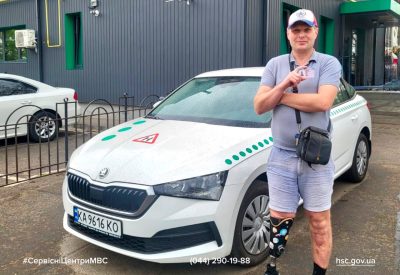Stories of heroes. “Evacuation by helicopter guns—it was madness.” How the wounded were pulled out of Azovstal

Georgy Kuparashvili, the instructor of the Azov regiment, was wounded in Mariupol and operated on the territory of Azovstal. Then the man, along with the other wounded, was able to be evacuated with helicopter gunships. To do this, the fighters of “Azovy” with fire “covered” the departure of the evacuation groups. George recalls that they were shooting from everything that was, and it seemed crazy. Now the man is undergoing rehabilitation and is not going to leave the military. George told about this to “Public News”.

During the battle in the city, George was wounded twice in the lower abdomen, the sciatic nerve was severed. The man was taken to the hospital, but on the spot it turned out that he had been bombed. Then the medical service took George to “Azovstal”, where he was operated on.
“When I came out of anesthesia, I was lying down and I heard children's laughter,” recalls Georgy. “At first I thought I had hallucinations. And then I saw how children ran between the hospital beds. There were also injured children who were operated on. They shouldn't have been there, by any means. They had to be evacuated, allowed to leave. But these children motivated our fighters. There was someone to fight for, to fight for, to fight for and to defend.”
George says that at that time the Russians “formed” the entire territory of “Azovstal”. Every 15 minutes, aircraft arrived and dropped three-ton and five-hundred-kilogram bombs. He says the only thing you feel in such bombings is how the pressure from the explosion goes into the bunker. The person first shakes, then turns over.
“There were many wounded,” the man recalls. “In the bunker where I was lying, there were two surgeons and a nurse from the military hospital. They practically did not sleep, constantly operated. I even asked the surgeon, “Do you sleep at all?” He just looked at me and said nothing. But I realized that he had no choice. If he sleeps, someone will die.”
It was impossible to break through to the plant by land. The city is surrounded in three “rings”, and the nearest Ukrainian forces at that time stood more than 100 km from Mariupol. There was only one option for the removal of the wounded and the dead — the sky. The head of the Main Intelligence Directorate of the Ministry of Defense Kirill Budanov told the American publication The War Zone that Mi-8 military helicopters were used for such flights. They transported the wounded, but instead brought ammunition, medicine, food and water. The helicopters took off at night and flew at very high speed and at the lowest possible altitude, almost above the ground, to bypass the Russian air defense.
“Evacuating with helicopters was crazy. But the pilots flew out and took us away. It was necessary to do everything quickly. Svitalo. There was a fight. The helicopter flew and sat down, we were sunk. Our guys protected us. They staged such a battle to protect this helicopter and the wounded! They used everything that was. In the helicopter there were still two fighters from the General Directorate of Intelligence, who covered with machine guns. When they discharged them, I only realized then that we were safe. It was an extraordinary risk.”
They flew, says George, an hour and a half. The next day, he was able to get the phone and call the family: his wife and child. He said his father was alive. There had been no contact with them for almost a month.
Even in rehabilitation, George constantly talks and thinks about those who did not manage to get out. “We all, as we finish rehabilitation, return and help as much as we can,” says the man. “Our main task is to do everything to get the boys out of captivity so that nothing happens to them. “Azov” prolongs life. We will regroup and we will win.”






